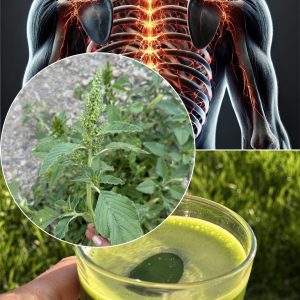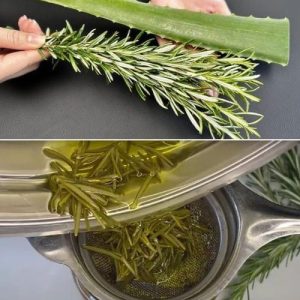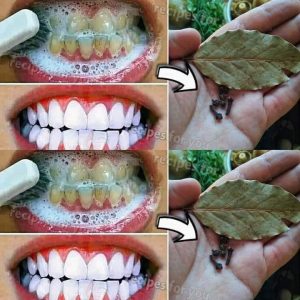Rice is a staple food for millions of people around the world, but recent reports of fake plastic rice have raised concerns. Plastic rice, as the name suggests, is not real and can be harmful if consumed. Knowing how to identify real rice from plastic rice is crucial for your health and safety. Here’s a simple guide to help you distinguish between the two.
Why the Concern?
Plastic rice looks very similar to real rice but is made from synthetic materials that can pose serious health risks. Consuming plastic rice can lead to digestive issues and long-term health problems. Fortunately, there are several ways to identify fake rice before it ends up on your plate.
Visual Inspection
1. Shape and Size:
- Real rice grains are not uniform in size and shape. If you notice that all the grains are identical, it might be a sign of plastic rice.
2. Color:
- Real rice is usually white but can have slight variations in color. Plastic rice may have a more consistent, bright white appearance.
Water Test
1. Floating Test:
- Place a handful of rice in a glass of water and stir it. Real rice will sink to the bottom, while plastic rice will float. This is because plastic is less dense than water.
2. Boiling Test:
- Boil a small amount of rice in water. Real rice will soften and cook evenly. If the rice remains hard or has a plastic-like layer on top, it could be fake.
Heat Test
1. Burn Test:
- Take a few grains of rice and set them on fire with a lighter or match. Real rice will char and turn black, while plastic rice will smell like burnt plastic and may even catch fire easily.
Mortar and Pestle Test
1. Crushing Test:
- Crush a few grains of rice with a mortar and pestle. Real rice will turn into a fine, powdery texture. Plastic rice, on the other hand, will break into small pieces or clump together.
Taste and Smell
1. Taste:
- Cook a small amount of rice and taste it. Real rice will taste natural, while plastic rice may have an odd, synthetic taste.
2. Smell:
- Cooked plastic rice may emit a chemical or plastic-like odor, which is a clear indicator of its fake nature.
Conclusion
Ensuring that the rice you consume is real and safe is important for your health. By using these simple tests, you can identify plastic rice and avoid potential health risks. Always buy rice from trusted sources and be vigilant about the quality of the food you bring into your home. Stay informed and stay healthy by knowing how to spot the difference between plastic rice and real rice.





